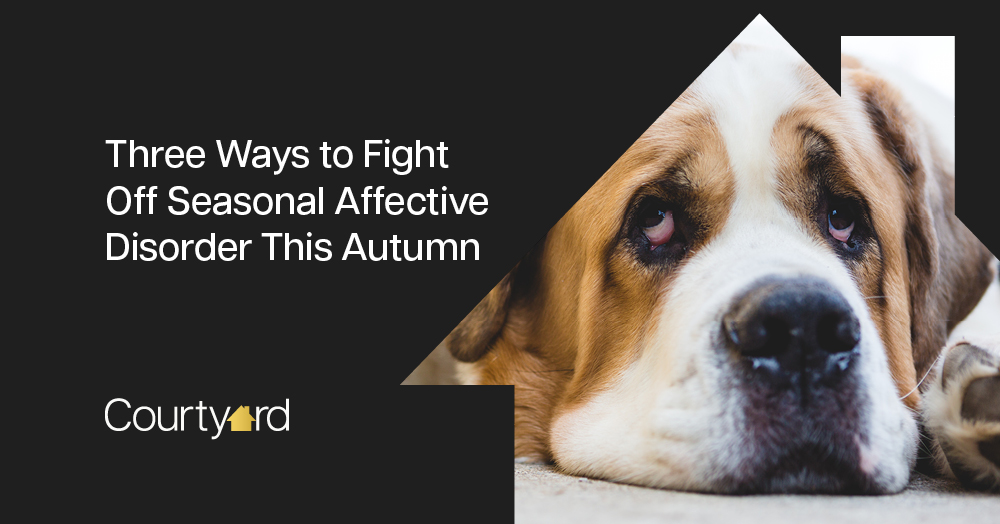Seasonal Affective Disorder, or SAD, is a type of depression. Some symptoms of SAD include low mood, irritability, difficulty concentrating, eating more (and gaining weight), and just feeling tired all day.
What causes SAD?
SAD is believed to be caused by reduced exposure to sunlight, which is usual in autumn and winter. It can be caused when your body produces too much of the hormone melatonin, which can make you feel sleepy, and too little serotonin, which affects your mood.
If you think you’re suffering from SAD, you should speak to your GP to rule out other conditions or discuss if medication could help.
If you’re diagnosed with SAD, there are also some things you can try to help yourself.
Get plenty of natural light and exercise
Any form of physical activity might help, but exercising outdoors in natural light could be best. For example, take a daily walk, run or cycle at lunchtime when natural light is at its brightest.
Try light therapy
There are a couple of approaches you can take. Firstly, keep your home or workplace well-lit. Keep curtains and blinds open as long as possible during daylight hours. Think about brightening up the artificial lighting in your home, too. Smart lighting systems like Philips Hue or Nanoleaf are on-trend ways of transforming your lighting.
Some experts believe that using a light box can help relieve SAD. Light boxes give off a constant, bright, low UV light. Experts recommend sitting in front of a light box for 20-30 minutes each day, ideally in the morning. Inexpensive light boxes are readily available from online retailers.
Eat healthily
Although it’s important to eat well at all times of the year, it is especially important now. We all love stodgy stews, cheesy pasta bakes and puddings when it’s cold and miserable, but they aren’t usually that healthy.
People suffering from SAD have been found to have low levels of vitamin D. So, eating a balanced diet that includes an adequate supply of vitamin D might help. Vitamin D-rich foods include red meat and oily fish. Some orange juices, breakfast cereals, spreads and yoghurts have also been enriched with vitamin D.
Vitamin supplements and exposure to lots of natural light can also help maintain your vitamin D levels.

